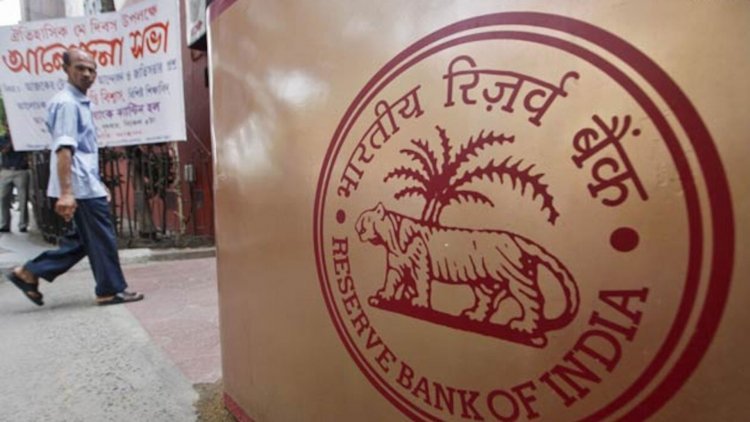According to HSBC, the RBI may slow the pace of rate hikes by the end of the year
According to HSBC Holdings Plc, the RBI may moderate the pace of monetary tightening by the end of the year as economic growth slows due to decreasing demand.

According to HSBC Holdings Plc, India's central bank may moderate the pace of monetary tightening by the end of the year as economic growth slows due to decreasing demand.
In an interview with Bloomberg TV on Monday, HSBC's Chief India Economist Pranjul Bhandari said, "RBI will not be as active near the end of the year since growth would begin to slow then and it is very mindful of the sacrifice ratio." "If you raise interest rates too much, it hurts growth."
So far this year, India's central bank has raised rates by a total of 90 basis points to moderate prices that have remained above their 6% ceiling since the beginning of the year. Anticipated to high food and fuel costs, consumer price increases are expected to remain over 7% in May, according to data due later Monday.
"A lot of the pass-through hasn't happened yet," she said, adding that price pressures will continue throughout the year.
The RBI is expected to raise the repo rate to 6% by the middle of next year, up from 4.9 percent today, according to HSBC.
After reopening from Covid, Asia's third largest economy showed resilience on the strength of pent-up demand, but rising prices threaten the nation's embryonic recovery.
"The pent-up demand for services will not persist indefinitely. "We're witnessing the first signals of export deceleration, which, if it continues, would harm GDP growth," Bhandari added. "Right now, the growth momentum is 9 percent, but by the end of the year, it will be closer to 5%."
Meanwhile, the rupee fell below 78 per dollar for the first time on Monday, as a global risk aversion fueled by expectations of aggressive Fed tightening weighed on emerging-market assets and fuelled fears of additional equities outflows.
"It will have inflationary consequences, but they may not be significant," Bhandari added. "The good news is that India's foreign exchange reserves are still substantial. There are numerous buffers in place that continue to provide some level of stability to the rupee."




 admin
admin 




















